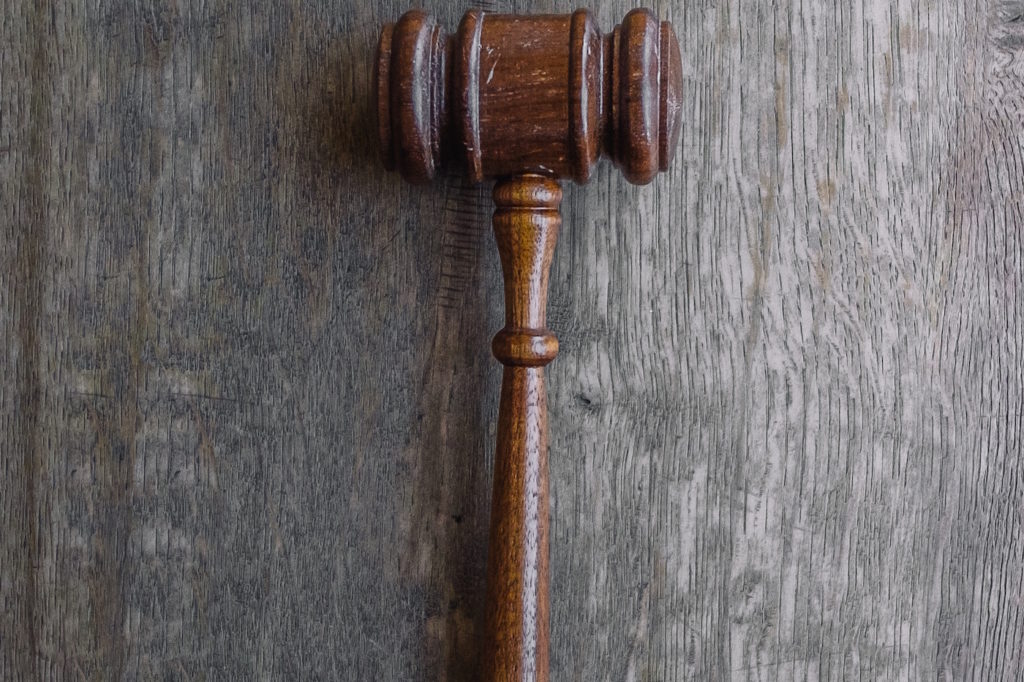This essay is part of our back-to-school series. See the full collection here.
There is no shortage of advice, guides, warnings, and how-to’s for people preparing to study law. This fall, around 40,000 new students will show up at the 230-ish law schools in the United States and begin a substantial investment of time, talent, and treasure—lots and lots of treasure—in preparing to join the learned profession that is the law. In this essay, I offer some thoughts—ones that might not appear in the typical “what to expect in law school” essay and that probably do not resonate with the storyline of Legally Blonde—about how aspiring lawyers should think about their education and formation.
I have been blessed with the opportunity to teach first-year students at Notre Dame Law School. When I do, I usually find an occasion to propose to them that the study of law has (at least) four “layers” or “levels.” Though it may sound odd, the language of “layers” captures better than “levels” what I am trying to get at, because it suggests a sphere—a giant onion, perhaps—and reminds us that going deeper, from any particular point on the surface, brings us closer to the center, or core.
Layer One, in the study of law, involves encounters with the bare words of legal texts (statutes, constitutions, judicial opinions, regulations, etc.). At this level, the new law student encounters strange new terms like “replevin” and terms of art like “mens rea” that can play shibboleth-type functions at sports bars or provide proof-of-diligence to relatives at Thanksgiving. Certainly, what happens on Layer One is important. In law, words matter. Part of learning to be a lawyer is learning how to use them precisely, correctly, and well.
Start your day with Public Discourse
Sign up and get our daily essays sent straight to your inbox.Still, no legal education worthy of the name could stop here. The study and practice of law involve more than just performing utterances and producing words called “law.” The terms that make up legal questions and problems do not, generally speaking, assemble or select themselves. One has to go deeper.
As they reach Layer Two, then, law students study and learn about substantive legal doctrines (for example, the “Lemon test” and the “mailbox rule”), interpretive techniques, and canons of construction. They engage tests, standards, elements, and forms. They develop legal skills in research, writing, advocacy, counseling, and negotiation. They are pushed, in ways that can be jarring and unsettling, to “think like a lawyer.” That is, they become comfortable abstracting general principles from particular cases, drawing distinctions, and identifying analogies. They are challenged to read carefully, write clearly, and reason well.
Now, some (shallow) understandings of “what it means to study law and to be lawyer” stop here, at Layer Two. Here, some would say, we have the practical, the useful, the real. All the rest—whatever might lie beyond (or beneath)—is just theory, policy, and the ivory-tower navel-gazing of the frustrated or failed doctoral candidates who make up the law professoriate. Sure, one might need to peek beyond Layer Two for material to sprinkle over one’s exam answers, but one shouldn’t expect to find anything of any use or relevance in the trenches, in the “real world.”
This is entirely wrong. The study and practice of law involve more than terms and techniques. There is no reason to think that our coming robot overlords will not be able to function just fine at Layers One and Two. We must dig deeper.
So, at Layer Three, we roll up our sleeves and test, evaluate, and critique all the tools and terms we picked up at Levels One and Two. This is where we can demonstrate, one hopes, a comparative advantage over the robots. We ask, for example, whether legal doctrines, rules, tests, standards, and practices are consistent with the relevant history and whether or not it matters that they are. We ask whether they operate efficiently and produce desirable effects and incentives, and whether they align with or contradict moral commitments.
It turns out, interestingly, that when we pursue our study deeply enough to reach Layer Three, we start to see that many of the law’s apparently discrete and distinct subject areas raise, on examination, similar questions, and are “about,” in the end, the same things. In fact, they may all be about the same thing, singular: “How can we—how ought we—order our lives together and best achieve our common good so that we can all flourish?”
I am confident that, at most law schools, students are challenged to spend some time on Layer Three. I like to think that, at most law schools, it is at least proposed to students that they will not truly understand what’s going on at Layers One and Two unless they have a sense of what’s going on at Layer Three. What happens below shapes what happens above. Layers One and Two look like they do because of what is going on at Layer Three. One can learn about legal doctrines, but one will not really understand them unless one appreciates the reasons why the they are what they are.
As the commercials used to say, “but wait! There’s more!” Don’t miss Layer Four!
With apologies to Douglas Adams, this is the “meaning of life, the universe, and everything” Layer. Here, we ask not only about the “legislative intent” underlying a particular provision, but also about, for example, “who and what we are, what we were made for, and why it might matter.” Layer Four is where we think about not only the most efficient default rules and the “cheapest cost avoiders,” but also about the nature and destiny of the human person, and the connection between our human nature and the legal enterprise. St. Augustine famously wrote that “you have made us for yourself, O God, and our hearts are restless until they rest in thee.” This is a fact about us. We need to ask, “what differences does this fact make?” What does it mean for the law, and for lawyering, that we have, as C.S. Lewis suggested, a “God-shaped hole”?
We have traveled a long way from learning to report the implications of a fee simple or to recite the Model Penal Code’s hierarchy of culpable mental states. At the end of the day, it all comes down to Layer Four. Whether we realize it or not, this is where “the law” is. Yes, some law schools, teachers, judges, and scholars will insist or pretend otherwise; some will propose that the law in fact is, and must be, “neutral” with respect to Layer Four matters. However, it cannot, and should not, be.
Get to the core of the law. Get to Layer Four.















